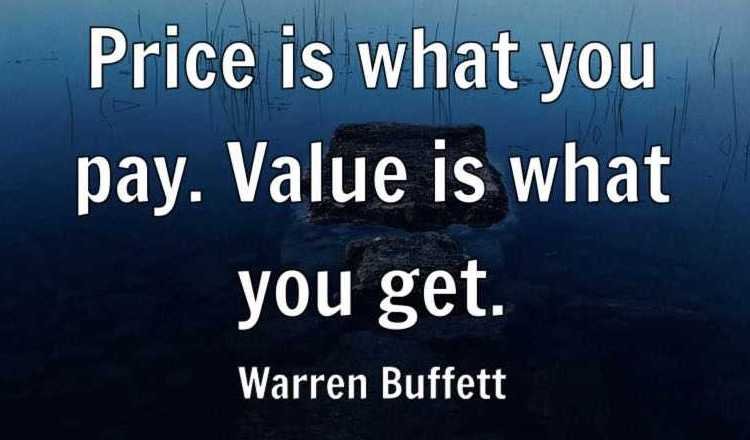I think sales is a challenging profession, and not everyone who attempts it will succeed. It's important to remember that rejection is a natural part of the sales process, and it's not always a reflection on the salesperson's abilities or performance. That being said, there are certainly things that salespeople can do to improve their chances of success, such as improving their appearance, communication skills, and presentation style.
It's also true that some clients may pick up on a salesperson's nervousness or lack of confidence, and this can be a turnoff. However, there are ways to overcome this, such as practicing sales techniques and developing a deep understanding of the product or service being sold. In addition, salespeople can seek feedback from clients or colleagues to identify areas for improvement. Ultimately, it's up to the salesperson to take responsibility for their performance and strive to improve. By doing so, they can increase their chances of success and minimise missed opportunities. Contact me via e-mail for sales coaching and training sessions.





















